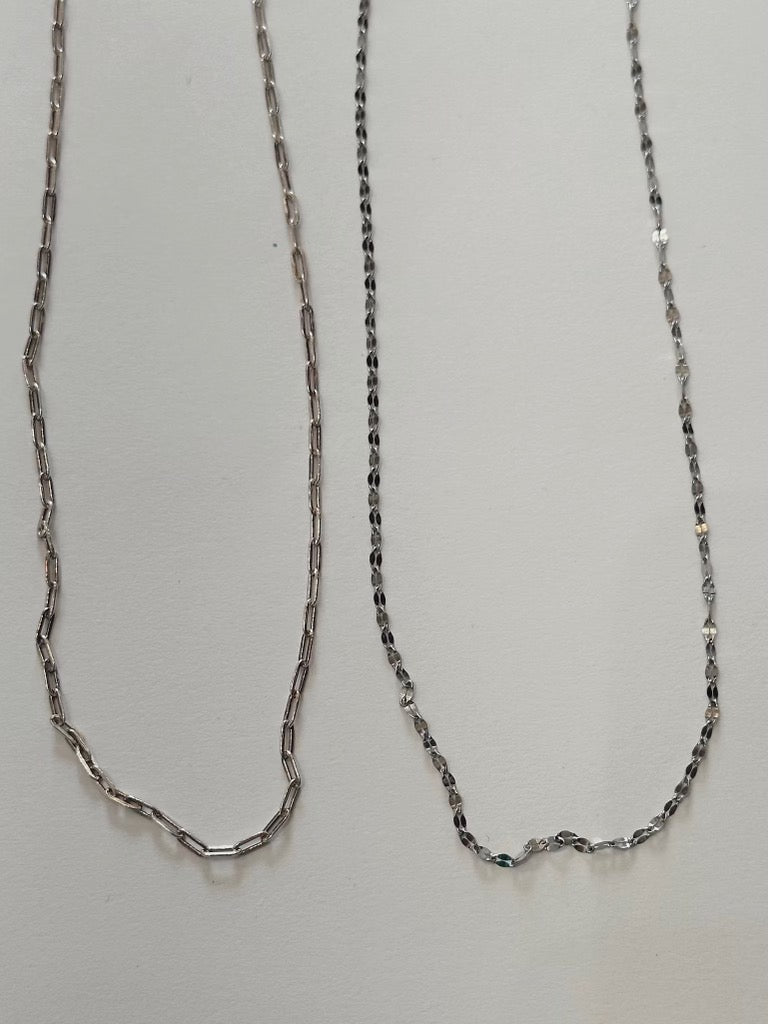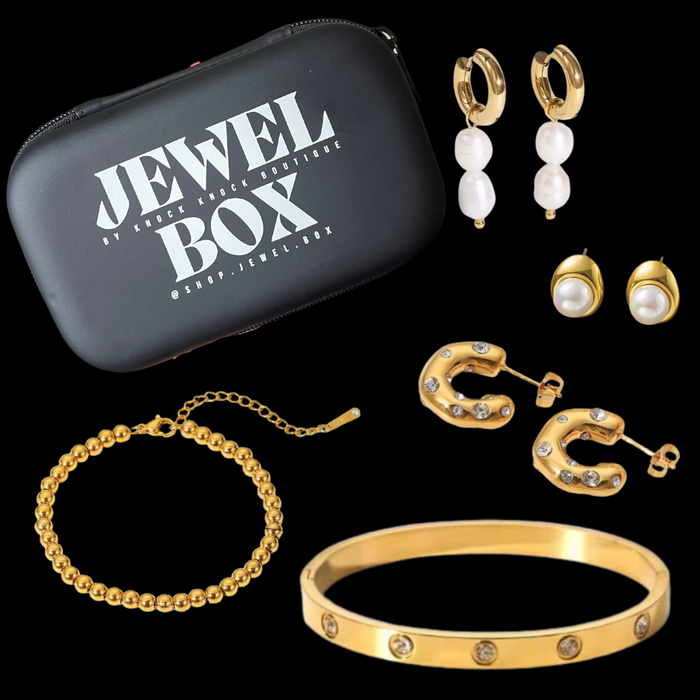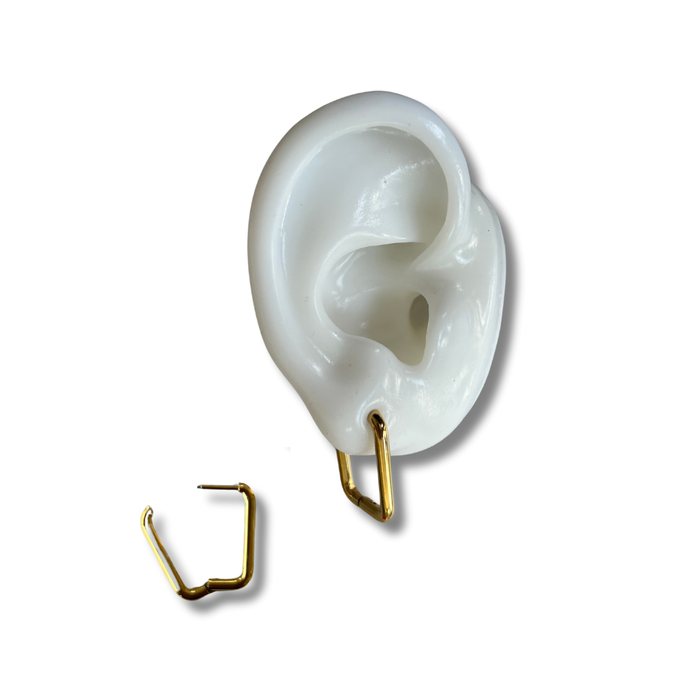

· By Knock Knock Employee
Sterling v. Stainless

Just this week, a customer asked, “What is the difference between sterling and stainless”? It may be tricky to determine what type of fashion jewelry is the best to buy. One deciding factor can be determining what materials the item is made of, especially if you have a skin sensitivity to certain metals; nickel and lead are the most common sensitivities. Two metals that are often found in fashion jewelry are sterling silver and stainless steel. The distinctions between the two may be hard to spot, but it’s important to understand the difference for sensitive ears.
First, let’s put on our cute bedazzled lab coats and goggles, pull out our test tubes and explore the chemical differences. The chemical makeup of these metals helps us to understand how the metals will wear. Sterling silver is a mixture of metals containing 92.5% silver and 7.5% of other metals- this is why sterling pieces are stamped 925! This is a clear indicator that an item is a sterling- no guessing required! Stainless steel, on the other hand, is a mix of metals but is mostly composed of iron. It is resistant to corrosion, which also makes it a great jewelry item that can withstand exposure to water, sweat, perfumes, lotions, etc.

So, how can you tell them apart? Well, the easiest way to know if something is sterling silver is to look for an etched marking reading “925.” Most, if not all sterling pieces are engraved with this. Stainless steel products sometimes are engraved with the words “stainless steel” or “s-steel” but not always. To the naked eye, the difference might not be obvious, but when examined closely, some key characteristics set them aside.


Sterling Silver is warmer yellow-white in appearance. Sterling silver cannot be chemically altered to change the color, so any color variations are usually achieved by coating or plating the silver. Examples include white gold, gold, and rose gold. Sterling also isn’t too shiny and scratches easier. Sterling silver is relatively easy to repair and alter, whereas stainless is harder and sometimes impossible to alter. Sterling silver is considered more luxurious than stainless steel, and its value usually appraises. Therefore, sterling is typically priced at a higher point than stainless steel. Sterling silver is safe for most people with sensitive ears, but there are some people with a silver sensitivity/allergy. Stainless steel in a silver state is more of a blueish cool-toned color and has a shiny finish. In the process of creating stainless steel, there is a certain process that can be performed to chemically alter the color of the alloy, like gold, black, or iridescent. Because the color is part of the chemical composition of the alloy, fading of the color doesn’t occur, as where fading of color can happen with silver, and it ends up turning back to silver if it is not cared for properly or after a long time of wear. Both alloys are considered waterproof, however, I would not recommend or consider plated silver waterproof, as that is going to wash the color away over time. This is why gold stainless steel is usually advertised as “waterproof gold.” Stainless steel is 100% hypoallergenic, meaning it is a safe metal for sensitive ears.


Despite the similarities visually, these metals are very different. It is important to note the differences when you are shopping for jewelry, especially for sensitive ears. Hope this breakdown of sterling silver and stainless steel helped decipher between the two metals. Shop both sterling silver pieces and stainless steel pieces at www.shopknockknock.com. And subscribe to our newsletter for more!
Happy accessorizing!
Xoxo,
Knock Knock


